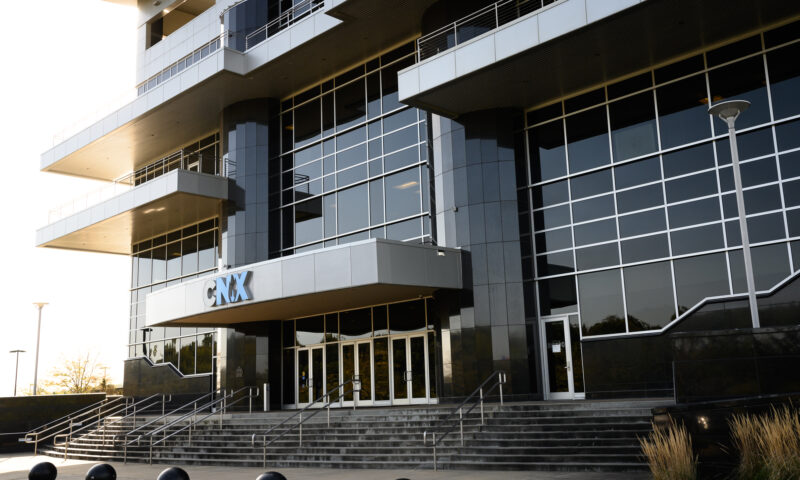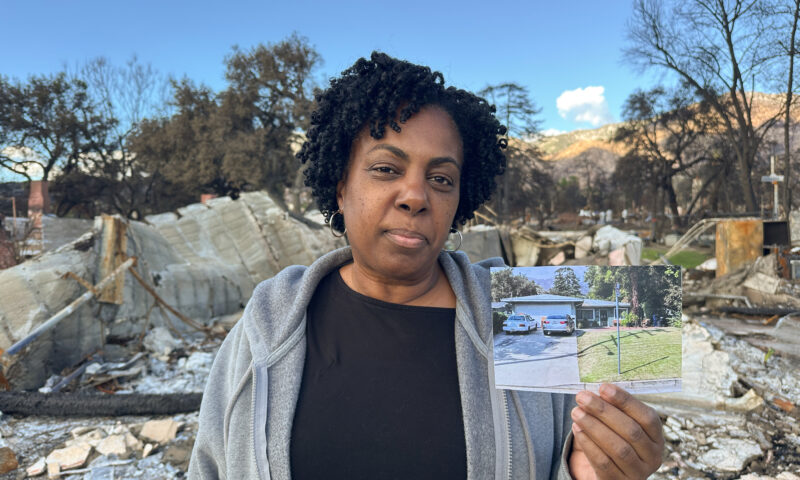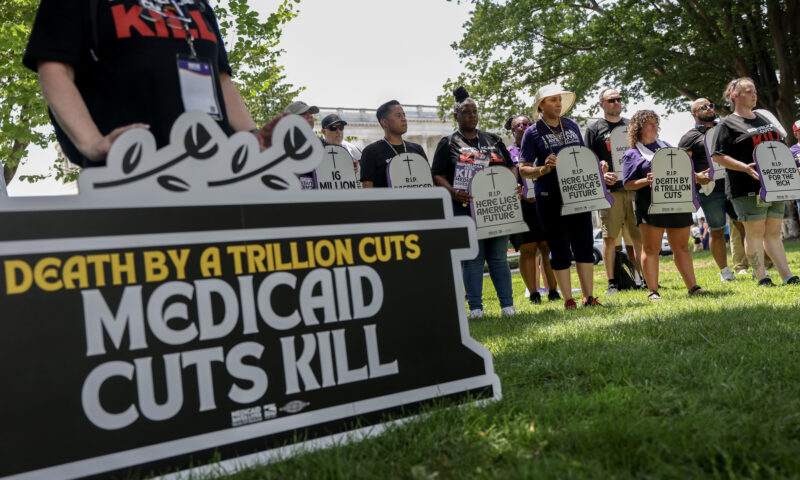California has in recent years turned up its effort to establish minimum wages that allow workers to afford life in the Golden State. But the most daring experiment may well be coming not from particularly high-cost Los Angeles or San Francisco, but from a couple of states east.
On Nov. 13, the City Council in Santa Fe, New Mexico, voted to integrate the cost of housing in its calculation of the citywide minimum wage going forward. According to the UC Berkeley Labor Center, this marks the first time in the U.S. that a city has factored local housing costs directly into setting its minimum.
Under the plan, Santa Fe’s minimum wage for most workers will rise from $15 to $17.50 an hour beginning in 2027. City workers who are currently below the $17.50 figure will see the raise a year earlier on Jan. 1, 2026. The statewide minimum in New Mexico is $12 an hour.
“Santa Fe took a decisive step toward fairness and dignity for every working family,” the New Mexico immigrant rights group Somos Un Pueblo Unido, which supported the increase, told the Albuquerque Journal. “Our city has affirmed a simple but powerful truth: Every worker deserves a wage that honors their labor and reflects the increasing cost of living in Santa Fe.”
States have their own wage scales, but in most cases, cities are free to set higher minimums if they choose, and some specific worker groups also have higher starting wages. California’s statewide minimum for 2025 is $16.50, but dozens of cities and a couple of counties go higher, most fast food workers earn $20 an hour, and many health care workers are guaranteed at least $25.
But while ever-aware of the cost of housing, no California entity has ever tied wage scales directly to it, which is the difference in Santa Fe. According to University of New Mexico professor Reilly White, who consulted with the city on the new minimum, the councilmembers considered six methods for determining the wage before settling on one that incorporates both the Consumer Price Index (CPI) — which regularly measures the cost of a “market basket” of services that include food, housing and clothing — and the actual cost of housing in Santa Fe, which is much higher than elsewhere in the state.
“That’s a novel approach, because we typically see minimum wages across the country based on CPI alone,” Reilly told the Journal.
* * *
Could such an approach work in California? In some places, it’s already happening — but only in a roundabout way, and mostly because labor groups have forced the issue.
Hotel and airport workers in Los Angeles, citing runaway housing costs, have battled for higher wages for years, including a series of strikes and protests at dozens of hotels that eventually netted significant gains on hourly minimums and working conditions. It also was a union-led effort that culminated this year in the Los Angeles City Council approving the so-called Olympic Wage, under which hospitality workers will see incremental increases that reach $30 an hour in July 2028, when the Los Angeles Olympic Games are scheduled to begin.
In those cases, the cost of living in L.A. and its surrounding area was at the center of the conversation. According to the MIT Living Wage Calculator, a single person in Los Angeles County with no children needs to earn $27.81 an hour to pay for their basic needs, including housing.
Santa Fe’s decision is more specifically tied to the housing piece. As part of the council’s deliberation, Santa Fe Mayor Allen Webber noted that the city’s average apartment rent of $2,500 a month was $800 higher than in Albuquerque. Santa Fe’s median home sale price was $680,000 as of September, according to research by Zillow. That’s more than $300,000 higher than the national median.
Santa Fe is also home to many small businesses, artists’ galleries and collectives, some of whose owners worried about the potential for the minimum wage to continue rising sharply. “[But] it’s not an us versus them situation at all,” Webber said. “It’s really about what’s for the good of our community — balancing the need to pay people more so they can live here, without unduly burdening our small mom-and-pop businesses.”
Santa Fe’s decision, and the experiment that will follow by connecting wages to housing costs, is part of a larger shift in New Mexico. In November, the state became the first in the nation to guarantee no-cost universal child care for all residents, regardless of their income. It’s a dramatic expansion of an already existing program, funded mostly by taxes on the state’s booming oil and gas production. (In New York City, newly elected Mayor Zohran Mamdani is proposing increased taxes on wealthy companies and individuals to fund universal child care.)
New Mexico’s statewide attempt on child care, and Santa Fe’s very specific wage shift, are hardly the same animal. But they do come from the same place — the growing concern that the cost of living is running away from the workers who undergird the economy. That concern feels universal, which is why Californians and others ought to closely track what happens next.
Copyright 2025 Capital & Main


 Pain & ProfitNovember 3, 2025
Pain & ProfitNovember 3, 2025
 Column - State of InequalityNovember 6, 2025
Column - State of InequalityNovember 6, 2025
 Latest NewsOctober 29, 2025
Latest NewsOctober 29, 2025
 Latest NewsOctober 31, 2025
Latest NewsOctober 31, 2025
 The SlickNovember 5, 2025
The SlickNovember 5, 2025
 Latest NewsOctober 31, 2025
Latest NewsOctober 31, 2025
 Column - State of InequalityOctober 30, 2025
Column - State of InequalityOctober 30, 2025
 StrandedNovember 7, 2025
StrandedNovember 7, 2025

